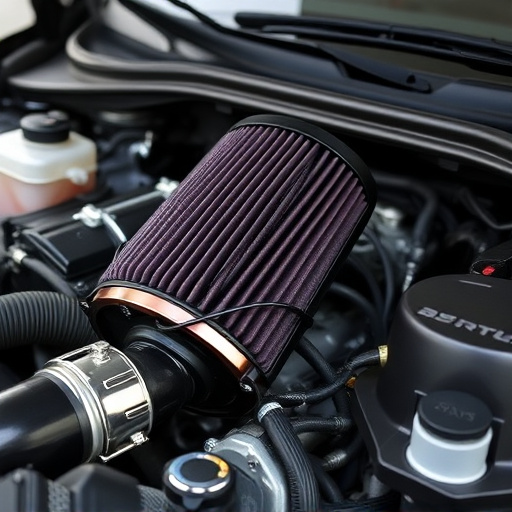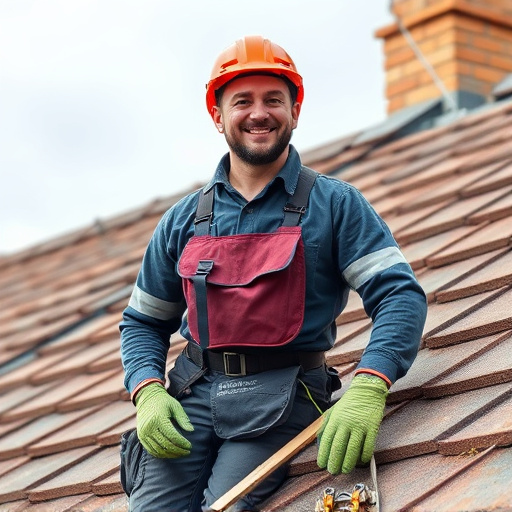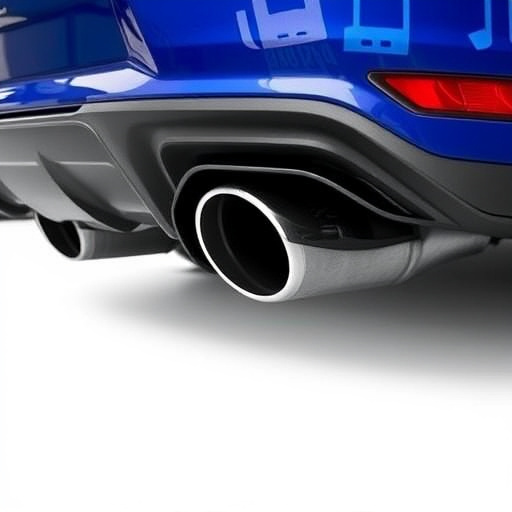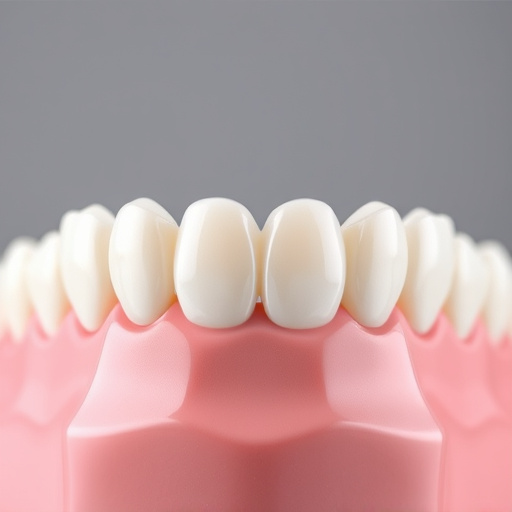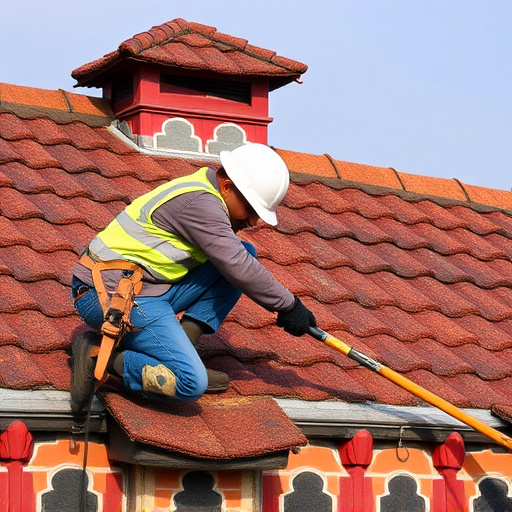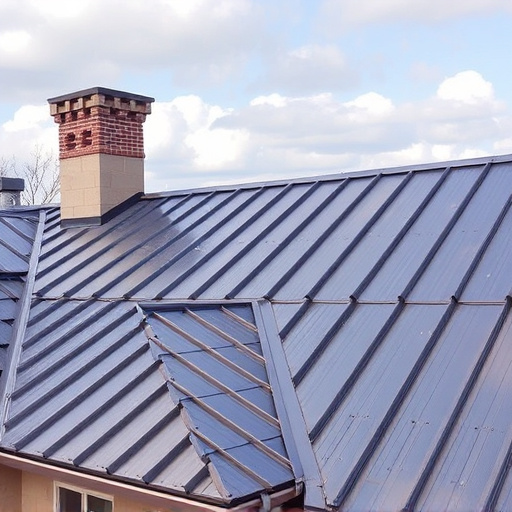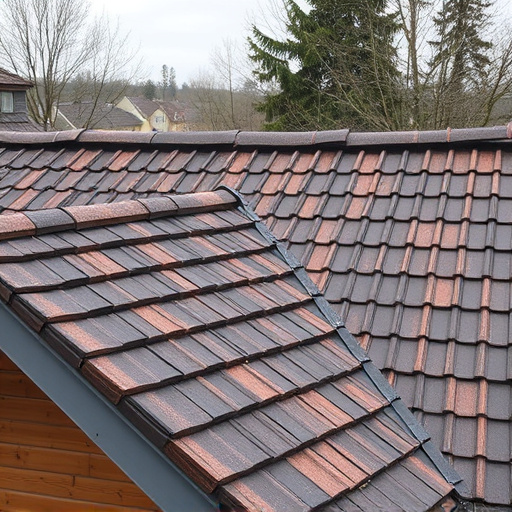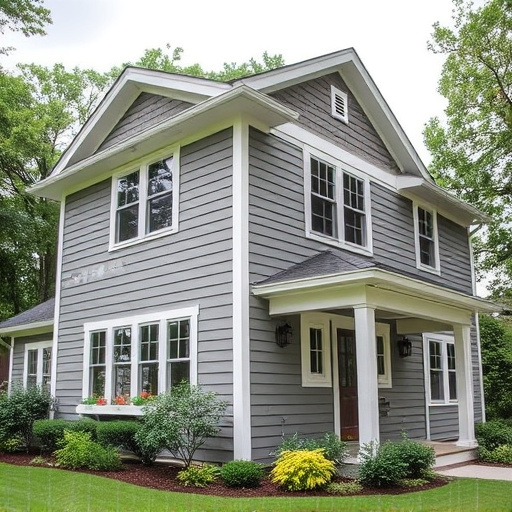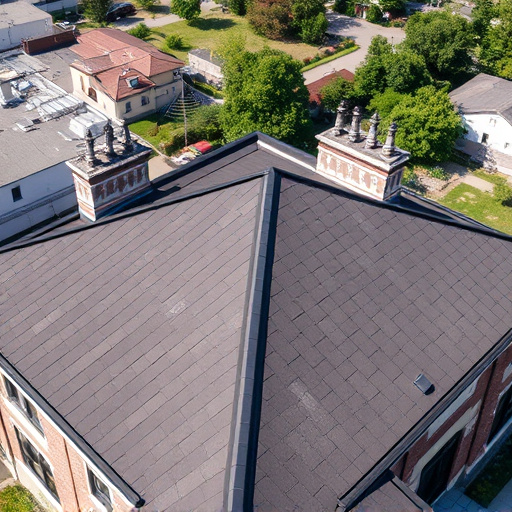Regularly inspect fiber siding walls for signs of water damage, such as warping, bubbling, and stains, to prevent costly repairs. Look for visible indicators like peeling paint and mold growth, addressing minor issues promptly. Implement proper drainage and commercial roofing practices to safeguard against water-related damage.
Inspecting water damage in fiber siding walls is crucial for maintaining these structures’ integrity. Fiber siding, known for its durability and low maintenance, offers protection against the elements but isn’t invincible. This article guides you through understanding the vulnerabilities of fiber siding walls, mastering visual inspection techniques, and identifying subtle signs of water damage. By following these steps, you can promptly take repairs into hand, ensuring your fiber siding remains in top condition.
- Understanding Fiber Siding Walls and Their Vulnerability
- Visual Inspection Techniques for Water Damage
- Identifying Signs and Taking Repairs into Hand
Understanding Fiber Siding Walls and Their Vulnerability
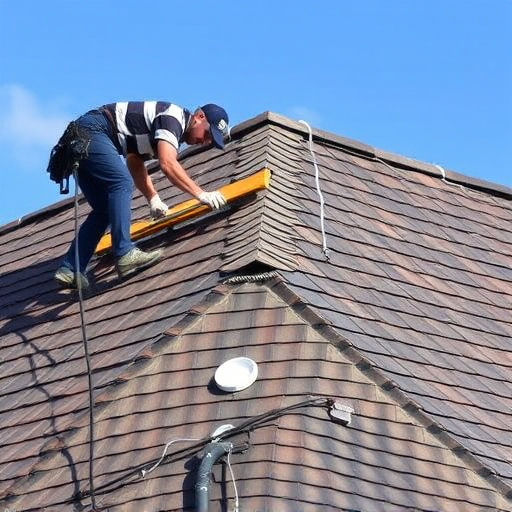
Fiber siding walls are a popular choice for both residential and commercial roofing due to their durability, low maintenance, and aesthetically pleasing appearance. However, like any material, they are susceptible to water damage, which can lead to serious structural issues if left unchecked. Understanding how these walls are constructed and where potential vulnerabilities lie is the first step in effective inspection.
Fiber siding comprises a core of cellulose or synthetic fibers, bound together with resins and other adhesives. This construction makes it resistant to rot and insect damage but leaves it vulnerable to moisture intrusion, especially around edges, seams, and areas where repairs have been made. Regular inspection for signs of water stains, peeling, or bulging should be part of any home service solution maintenance routine, as early detection can prevent extensive and costly repairs down the line, whether for a residential siding or commercial roofing project.
Visual Inspection Techniques for Water Damage
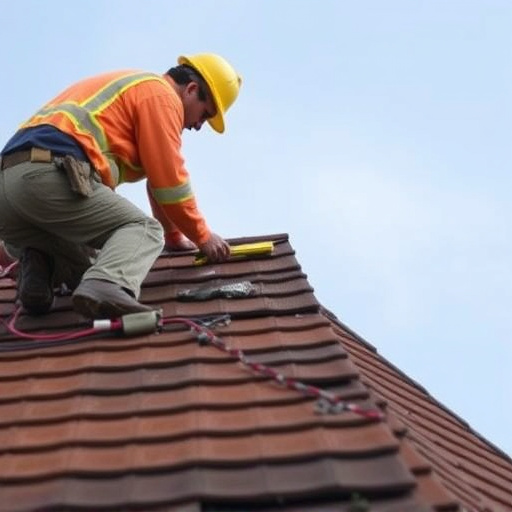
During a visual inspection, it’s crucial to pay close attention to the exterior of your fiber siding walls for any signs of water damage. Start by examining the overall appearance of the siding. Look for warping, bubbling, or blistersing, which could indicate moisture infiltration. Check for loose or missing shingles or boards, as these gaps can allow water to seep in and cause hidden damage.
Use a flashlight to inspect areas that are difficult to see, such as corners, seams, and behind overhanging eaves. Look for mold growth, stains, or discolored spots on the siding—these could be visible signs of water intrusion. Additionally, check for any debris buildup that might block drainage systems, like gutters or downspouts, which can exacerbate water damage issues in commercial roofing or residential properties alike. Roofing services and roofing solutions are vital components in mitigating potential fiber siding wall damage caused by water.
Identifying Signs and Taking Repairs into Hand
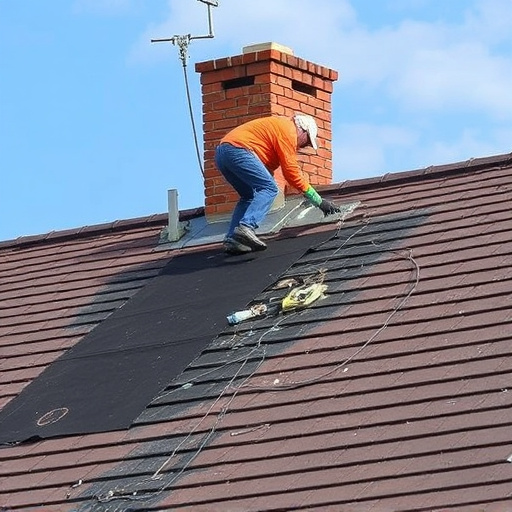
If you suspect water damage on your fiber siding walls, it’s crucial to act swiftly. The earlier you identify signs of damage, the better for your property’s long-term health. Inspect your walls for any visible indicators such as peeling or blistered paint, warped siding boards, or mold growth, especially in areas where leaks are more likely to occur—around windows, doors, and chimneys. These could be telltale signs of moisture intrusion.
Once you’ve identified potential water damage, take the necessary steps towards repairs. Minor issues can often be resolved by replacing individual damaged panels or sections of siding. However, for extensive damage or if your fiber siding is showing signs of wear and tear, professional siding repairs or replacement might be required. Remember, proper commercial roofing practices are integral to preventing and addressing water damage in fiber siding walls.
When inspecting your home’s fiber siding walls for water damage, a thorough visual assessment is key. By understanding the vulnerabilities of this material and employing effective inspection techniques, you can quickly identify signs of moisture intrusion. Regular checks and prompt repair work will help preserve the integrity of your fiber siding, ensuring its longevity and maintaining the overall aesthetic appeal of your property.
